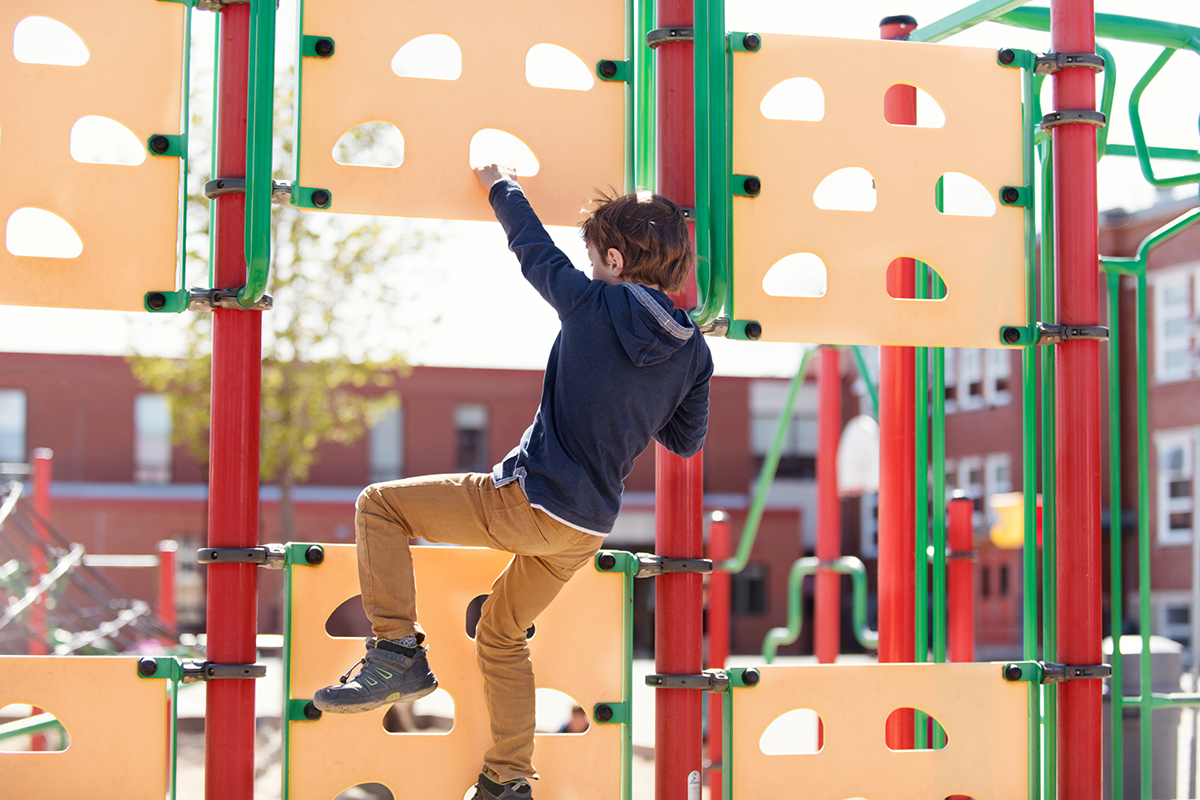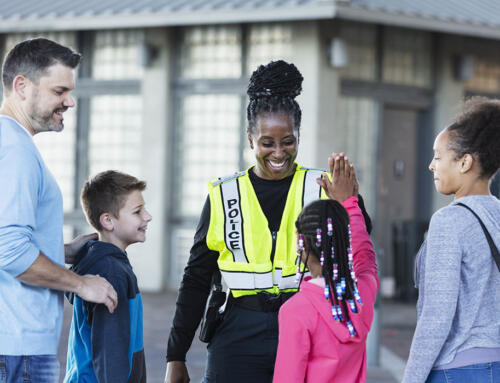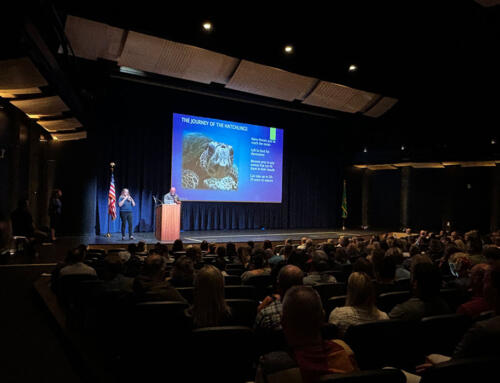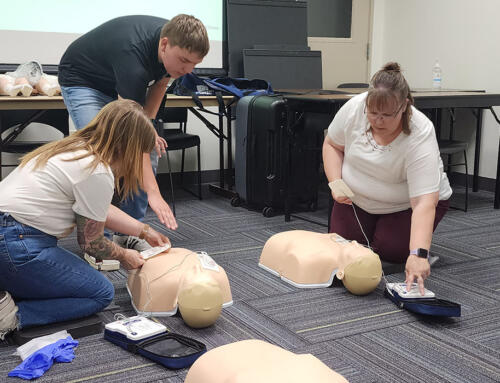Playground Safety Tips
As warmer weather and more outside playtime begins, now is a great time to review playground safety and prepare playgrounds and our kids for spring and summer fun! To keep children safe on the playground, consider these tips.
1. Inspect Your Playground
Many common playground injuries can be prevented by first checking the equipment, as well as reporting any hazardous materials in the area. A quick but thorough sweep of the area before daily use could prevent unnecessary accidents.
2. Dress for Safety
Dress appropriately for the weather and prepare for it to change by bringing an extra jacket, blanket or umbrella. Do not let your children wear clothing which can get caught in the playground equipment. Avoid dresses or hooded sweatshirts with drawstrings. These could cause strangulation or other injuries.
3. Actively Supervise
Supervision is essential for children of all ages. Make certain that not only you, but those you entrust with your children’s care, are properly prepared to supervise and intercede, should a dangerous situation or injury arise. Young children are constantly challenging their own abilities, very often not being able to recognize potential hazards. It is estimated that over forty percent of all playground injuries are directly related to lack of supervision in some way.
4. Maintain Your Playground
For playgrounds to remain in “safe’ condition a program of systematic, preventive maintenance must be present. There should be no missing, broken or worn-out components. All hardware should be secure. The wood, metal, or plastic should not show signs of fatigue or deterioration. All parts should be stable with no apparent signs of loosening. The surfacing material must also be maintained. Check for signs of vandalism.
5. Check the Playground Surfacing
The surface or ground under and around the playground equipment should be soft enough to cushion a fall. Improper surfacing material under playground equipment is the leading cause of playground related injuries. Over seventy percent of all accidents on playgrounds are from children falling. Hard surfaces such as concrete, blacktop, packed earth or grass are not acceptable under play equipment. A fall onto one of these hard surfaces could be life threatening. There are many surfaces that offer protection from falls. Acceptable surfaces are hardwood fiber/mulch, shredded/recycled rubber mulch, wood chips, sand, and pea gravel. These surfaces must be maintained at a depth of twelve inches, be free of standing water and debris, and not be allowed to become compacted. There are also synthetic or rubber tiles and mats that are appropriate for use under play equipment.
6. Have the Children Use Age-Appropriate Equipment
Not every child develops at the same rate—especially when it comes to motor skills and muscle strength. Some children will be ready for different play equipment and different times. Be sure to supervise them and encourage them to stay on appropriate equipment and be there to help them when they are ready to use equipment new to them.
7. Look for Pinch, Crush Shearing, and Sharp Edge Hazards
Components in the play environment should be inspected to make sure there are no sharp edges or points that could cut skin. Moving components such as suspension bridges, track rides, merry-go-rounds, see-saws and some swings should be checked to make sure that there are no moving parts or mechanisms that might crush or pinch a child’s finger.
8. Platforms with No Guardrails
Elevated surfaces such as platforms, ramps, and bridgeways should have guardrails that would prevent accidental falls.
9. Trip Hazards
Trip hazards are created by play structure components or items on the playground. Exposed concrete footings, abrupt changes in surface elevations, containment borders, tree roots, tree stumps and rocks are all common trip hazards that are often found in play environment.
10. Check Playground Equipment Temperatures
Some equipment, particularly metal playground equipment, is easily susceptible to changing temperatures, and can be equally dangerous in hot and cold weather. Check the temperature of this playground equipment during warmer or cooler seasons to be certain they are not posing an unnecessary risk to children.
11. Inadequate Fall Zone
A fall zone or use zone is under the area under and around the playground equipment where a child might fall. A fall zone should be covered with protective surfacing material and extend a minimum of six feet in all directions from the edge of stationary play equipment such as climbers and chin up bars. Swings and slides have different fall zone requirements.
12. Protrusion & Entanglement Hazards
A protrusion hazard is a component or piece of hardware that might be capable of impaling or cutting a child if a child should fall against the hazard. Some protrusions are also capable of catching strings or items of clothing which might be worn around a child’s neck. This type of entanglement is especially hazardous because it might result in strangulation. Examples of protrusion and entanglement hazards include bolt ends that extend more than two threads beyond the face of the nut, hardware configurations that form a hook or leave a gap or space between components and open “S” type hooks. Rungs or handholds that protrude outward from a support structure may be capable of penetrating the eye socket. Special attention should be paid to the area at the top of slides and sliding devices. Ropes should be anchored securely at both ends and not be capable of forming a loop or a noose.
13. Entrapment in Openings
Enclosed openings on playground equipment must be checked for head entrapment hazards. Children often enter openings feet first and attempt to slide through the opening. If the opening is not large enough it may allow the body to pass through the opening and entrap the head. Generally, there should be no openings on playground equipment that measure between three- and one-half inches and nine inches. Where the ground forms the lower boundary of the opening is not considered to be hazardous. Pay special attention to openings at the top of a slide, openings between platforms and openings on climbers.
For more information about playground safety and inspections, contact your ESD 112 Loss Control staff.





 ESD 112 equalizes educational opportunities for learning communities through innovative partnerships, responsive leadership, and exceptional programs.
ESD 112 equalizes educational opportunities for learning communities through innovative partnerships, responsive leadership, and exceptional programs.